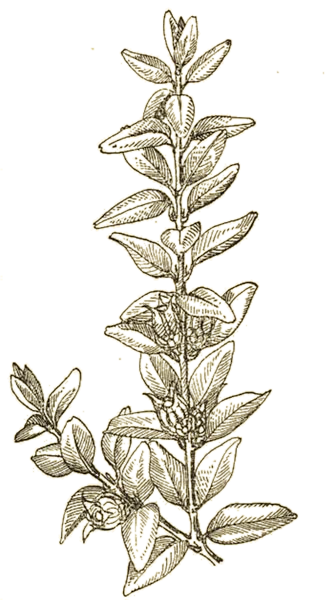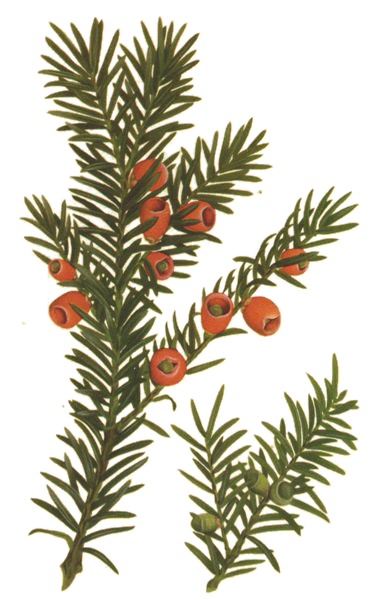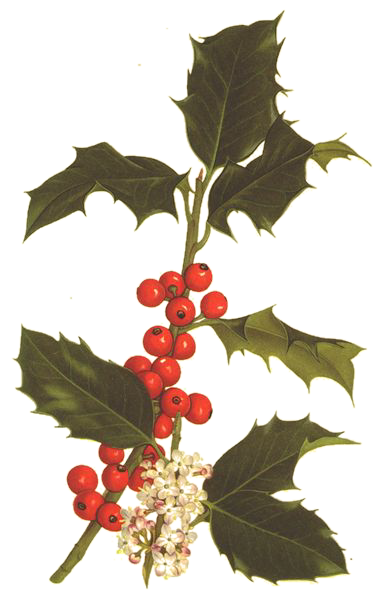Chambers Dictionary defines ‘Craft’ as “a skill, trade or occupation, especially one requiring the use of the hands“, derived from an Anglo-Saxon word croeft meaning strength.
It defines ‘Skill’ as “expertness, dexterity, a talent, craft or accomplishment, naturally acquired or developed through training“. The word skill comes from the 12th century Norse word skil meaning distinction.
These definitions seem entirely appropriate for the remit of the European Boxwood and Topiary Society with these Craft Skills manifesting themselves daily by our members, in the day to day operation of creating and maintaining our topiary gardens.
Specifically, this section provides a few tips and some advice for those people who are lucky enough to have some box, yew and/or holly in their gardens.
Expert Tips
Box
Beware of overfeeding as plants can scorch badly with the application of too strong a fertiliser. Apply granular fertiliser at a reduced rate, just beyond the line of foliage; water in thoroughly.
Don’t let dead box leaves accumulate inside or underneath the plants as this may encourage fungal diseases.
The best time to take boxwood cuttings is in the late summer. Select 10-15 cm long shoot tips, strip the lower two thirds of the stem of its leaves and plant this portion in the ground. Choose a shady site, firm in and water and you should have rooted the plants by next spring. You can take cuttings in very early spring before the new growth commences.
Lay sheets down before you start clipping and ideally clipping should be done in late May or early June with a further tidy up in August.
As if you need another reason for growing box, it is one of the few plants that the vine weevils seem to hate! It does however have its own problems with certain diseases (see Scientific)


Yew
Prune yew as hard as possible after the risk of harsh frosts have passed. In Great Britain this usually means from the last week of May and into June. Current trends in ‘global warming’ may influence these dates.
Don’t begin trimming until you see about 8-10cm of new growth. This is also a good time to renew and reshape an old hedge which has grown too wide.
You can cut back hard into old wood as, unlike most conifers, yew has remarkable powers of regeneration.
Finish trimming yew by the end of August so that subsequent re-growth is hardened off before the winter.
Unlike box, yew dislikes being grown in pots for any length of time.
Holly
Holly roots may be damaged by black plastic mulches due to overheating. Straw is a much safer option.
Pinch out the shoot tips of holly to promote branching further back down the stems in late May.
Don’t be surprised if two supposedly identical holly plants have different growth patterns—holly is frightfully wilful!

Q & A
Here is a selection from Ask the Expert section in our magazine ‘Topiarius’
Q I have box balls in containers and one morning I discovered them covered with little flecks of white. When I knocked the plants the “white” flew off. What is it?
A It’s box psyllid, a harmless sap-sucker. It emerges in April and as it does it exudes a protective white fluff as well as sticky honeydew. Its feeding activities cause the newest leaves to distort and the shoot tips look like mini brussel sprouts! If you open up these buds you’ll discover a flat green bug which eventually turns into a fly. It seems particularly fond of dwarf box.
Q How do you go about feeding yew?
A When planting a yew hedge apply a good fertiliser eg blood, fish and bone or use 12-18 month old manure at the base of the trench and backfill with soil. After that, you can just let it get on with it! Be careful when using stockyard manure to prepare the ground for yew. You can overdo it and it acts like a sponge holding too much moisture.
Q Is foliar feeding an option for yew?
A Don’t use it on yew (Taxus) and not for stock growing in the ground. You might use it for plants in pots but make sure that any fertiliser applied in liquid form is washed off because in hot sunny weather it can cause leaf scorch.
Q What regime would you propose for growing topiary in pots long term?
A Use a soil based growing medium such as John Innes and apply a slow release fertiliser once a year. Begin root pruning once they begin to look unhappy. The end of winter or early spring is a good time because you’re over the worst of the bad weather and the sun is not too harsh; backfill with fresh compost.
